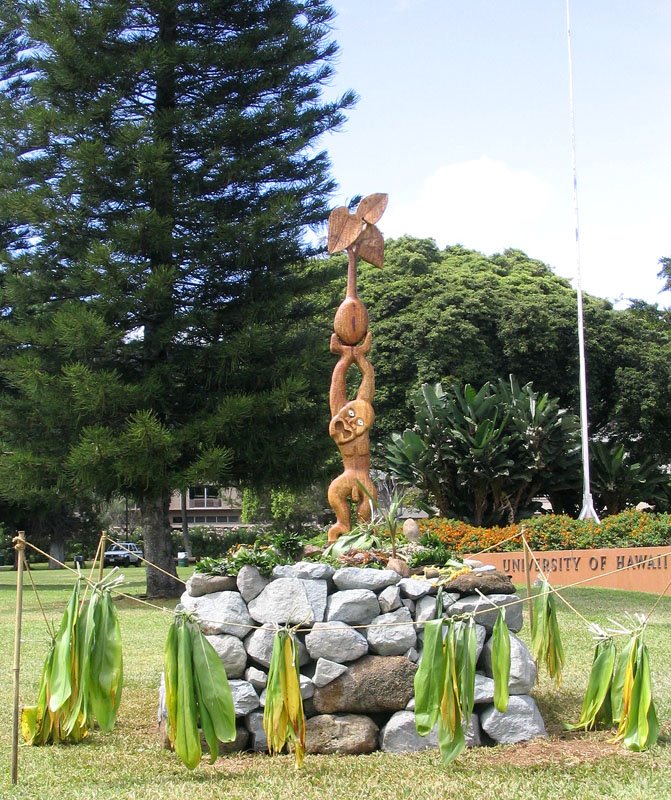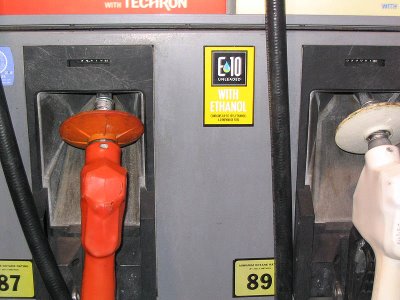The birth of Hawaiians...
 The battle between the hawaiian culture and modern technology continues today with the building of the rock alter on Bachman lawn this weekend. The alter pays respect to the hawaiian ancester, Kalo (Taro), the birth mother of all Hawaiians. The University of Hawai'i is involved in research to genetically modify the Hawaiian Taro. The Hawaiians oppose any alteration of the Taro, a symbol of their ancestor and lifeline. To get a close-up of the sculpture above, [ press here ].
The battle between the hawaiian culture and modern technology continues today with the building of the rock alter on Bachman lawn this weekend. The alter pays respect to the hawaiian ancester, Kalo (Taro), the birth mother of all Hawaiians. The University of Hawai'i is involved in research to genetically modify the Hawaiian Taro. The Hawaiians oppose any alteration of the Taro, a symbol of their ancestor and lifeline. To get a close-up of the sculpture above, [ press here ].In order to understand why Hawaiians wish to keep the Taro genes pure, one needs to understand their history:
Before there were humans, there were Gods, Wakea, Father Heaven, and Papa, Earth Mother. They bore many children, one of which was Ho`ohoku. In time, Ho`ohoku gave birth to her first born, Haloa-naka. Born prematurely, the limb less deformed infant, Haloa-naka, was in the shape of a bulb. Wakea buried the body at East corner of his house and Ho`ohoku tended to the burial site until one day it grew into a taro plant. The couple’s second-born child, also named Haloa, was a healthy boy who would become the ancestor of the Hawaiian people. Haloa was to respect and look after his older brother for all eternity. The elder Haloa, Haloa-naka, the root of life, would always sustain and nourish his young brother and his descendants. The strong bond between Hawaiians and the Taro plant can be seen in the Hawaiian word for family - 'Ohana. 'ohana is derived from the word 'oha, the shoot that grows from the taro corm. As the young shoots grow from the corm, people grow from the family.


